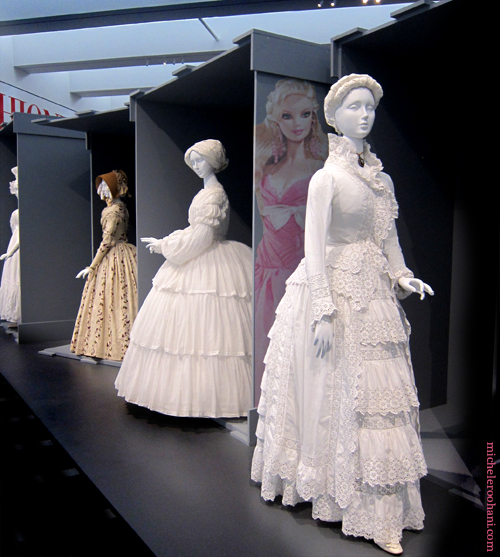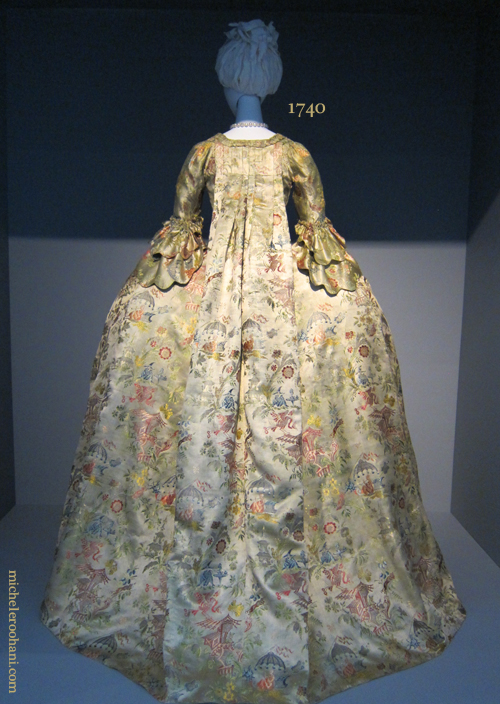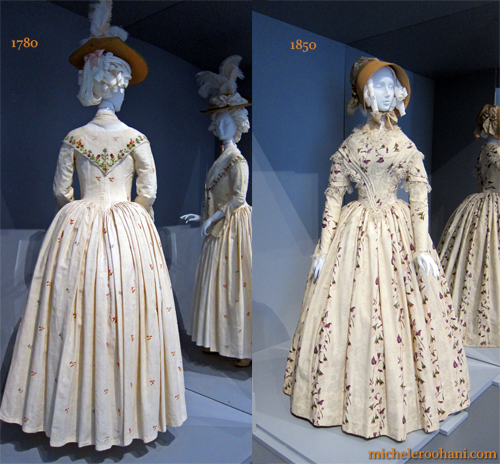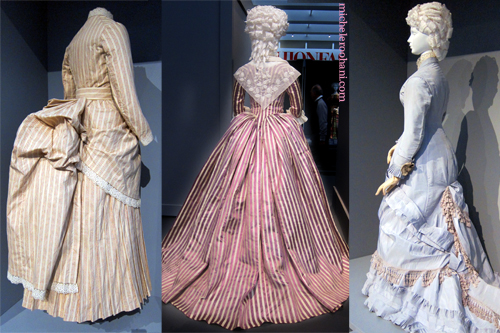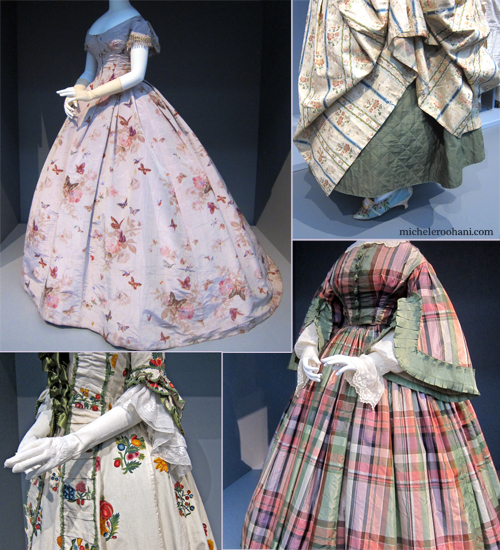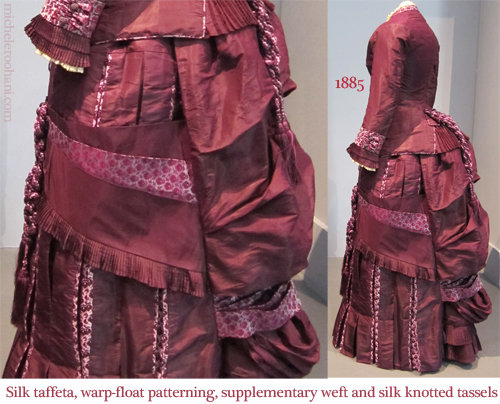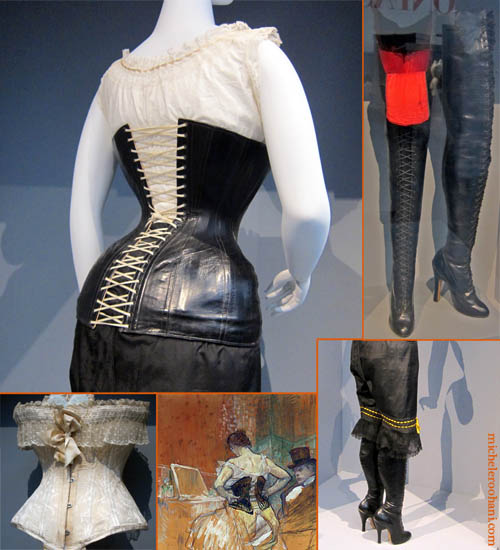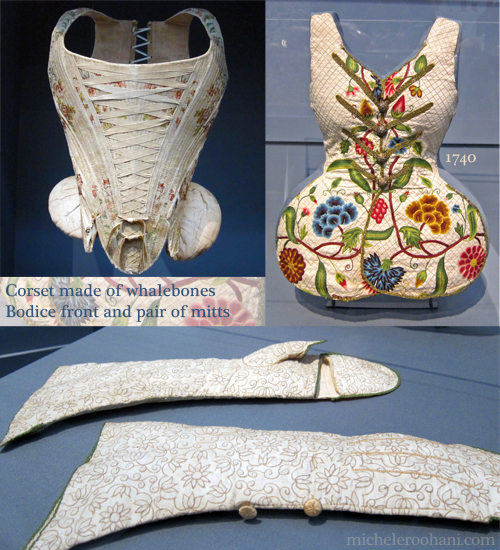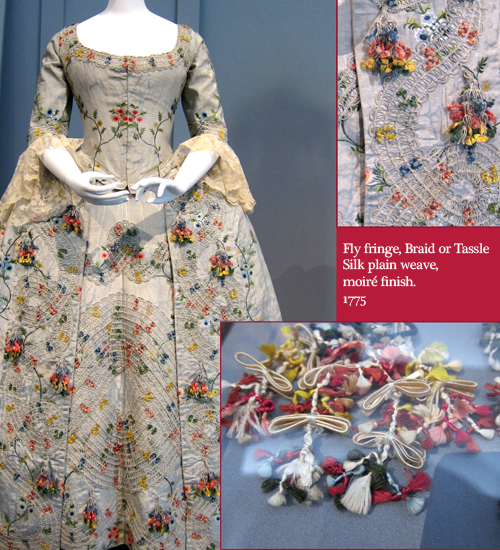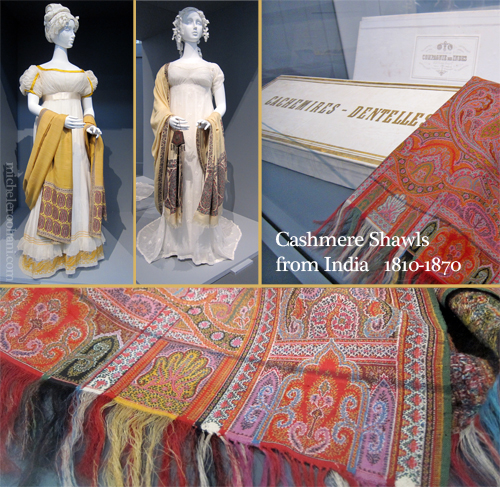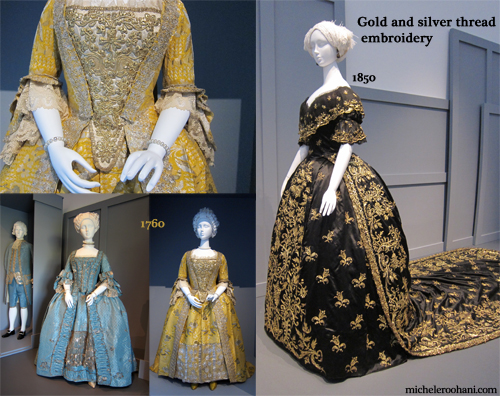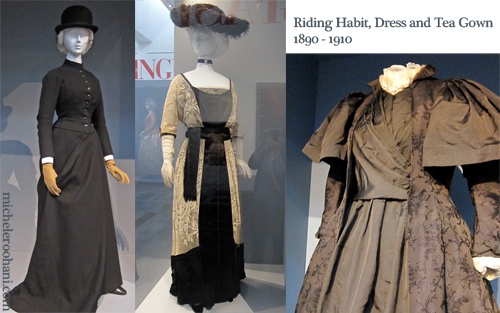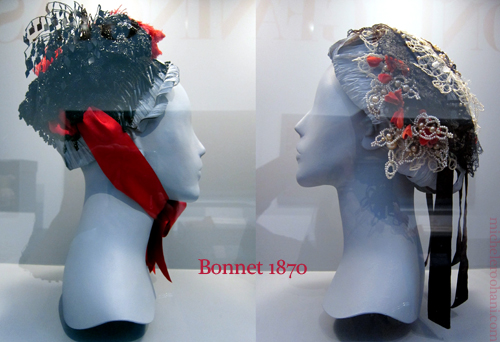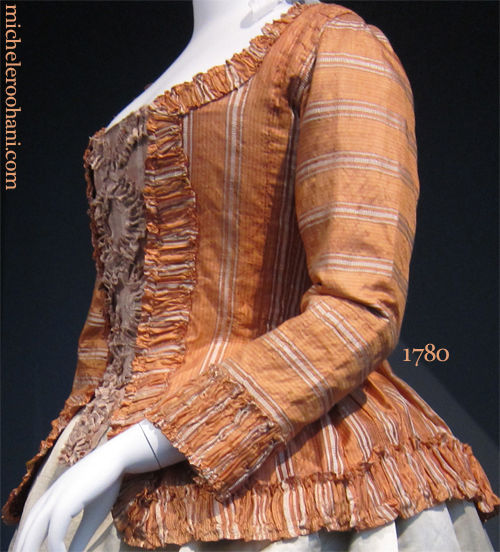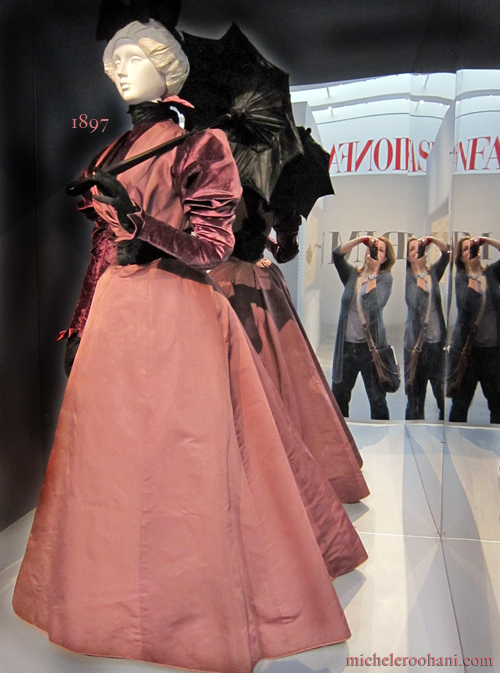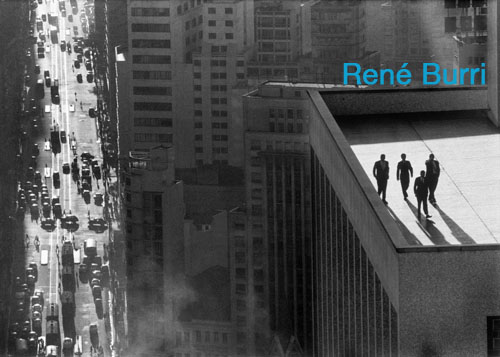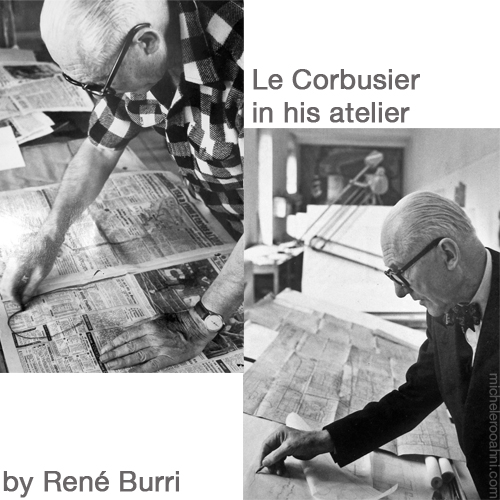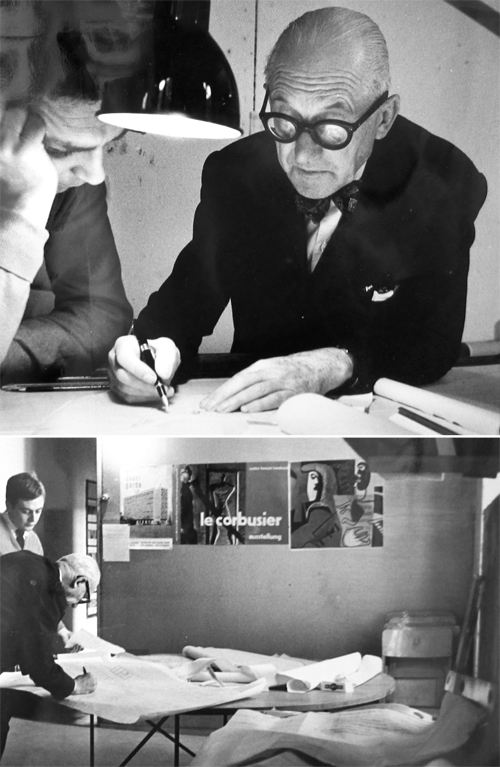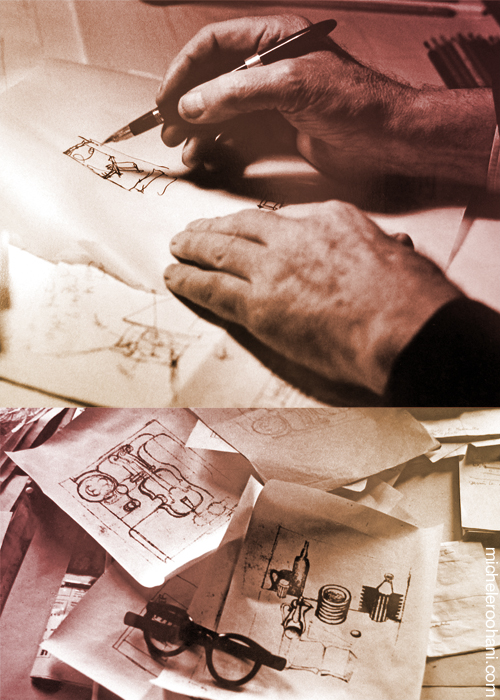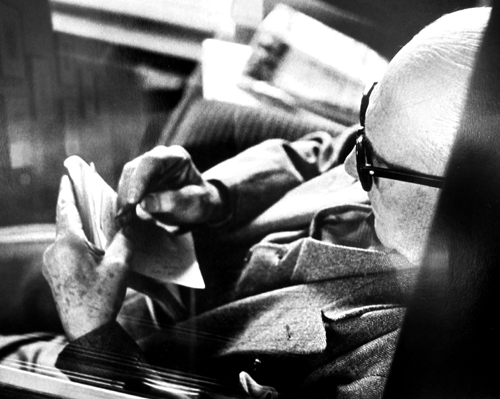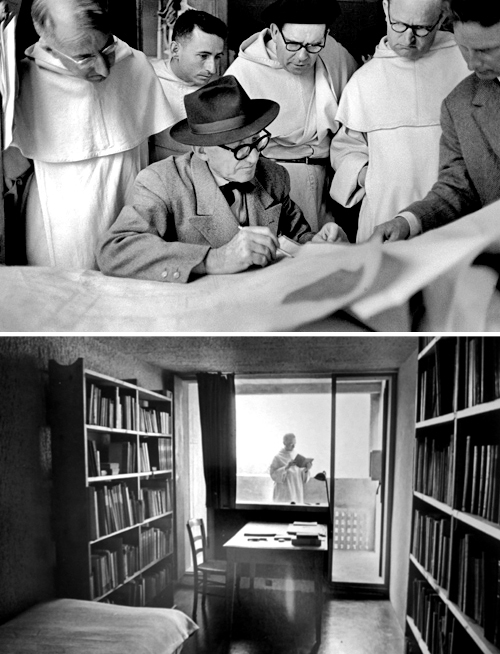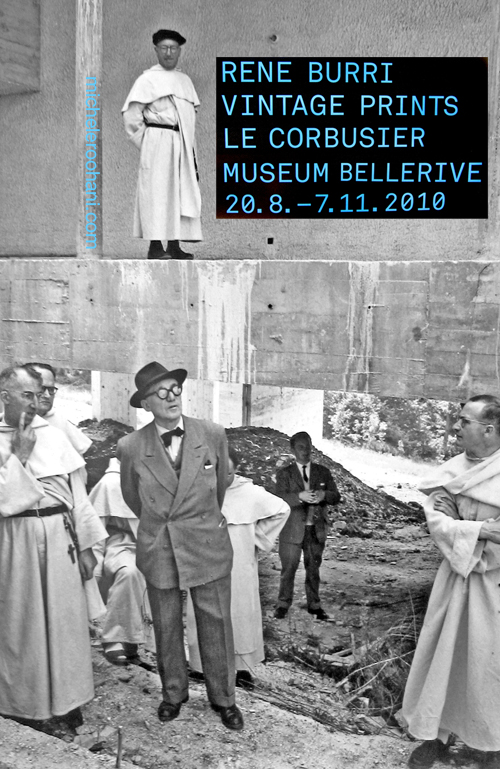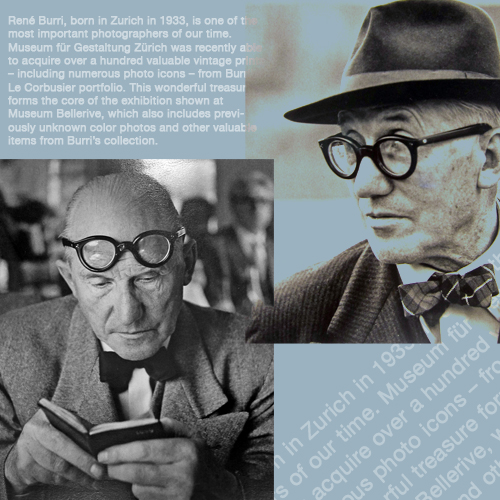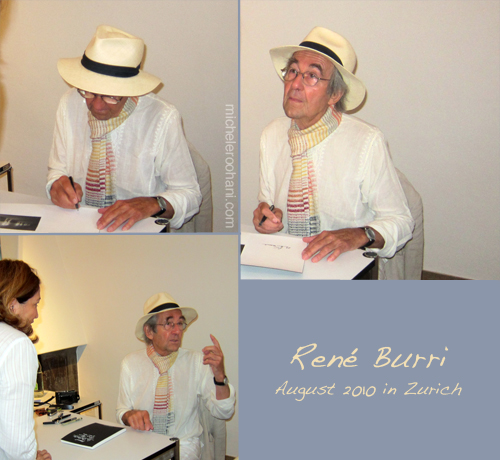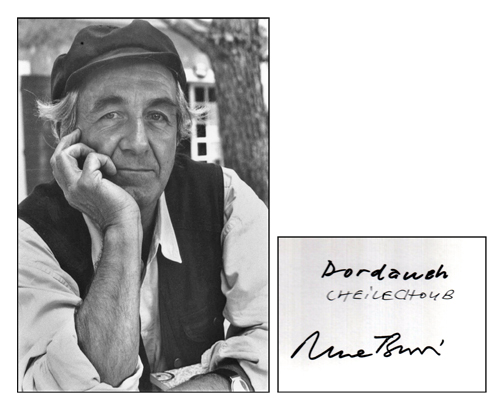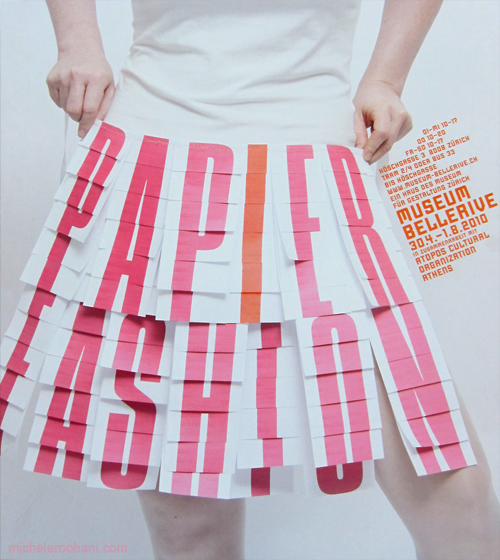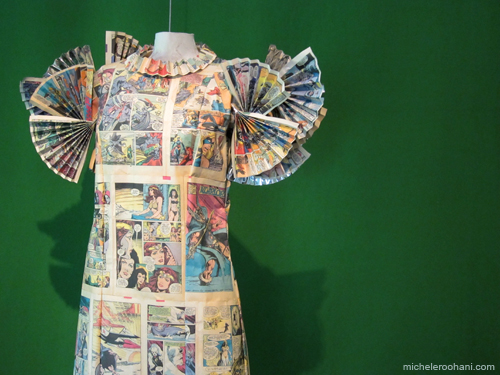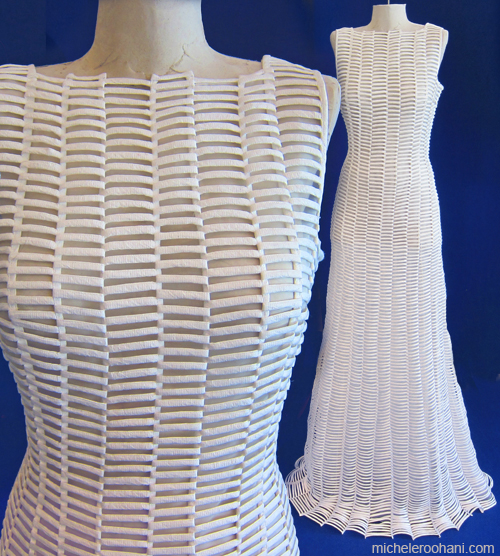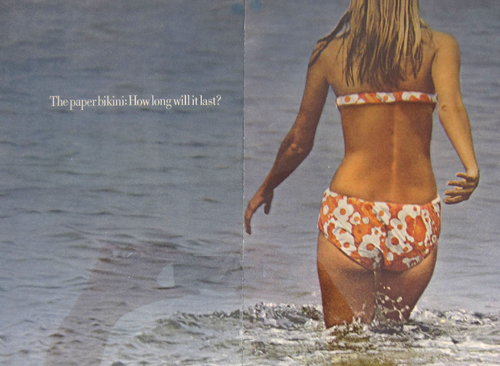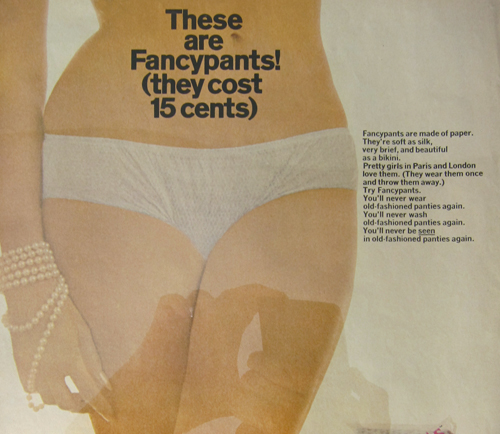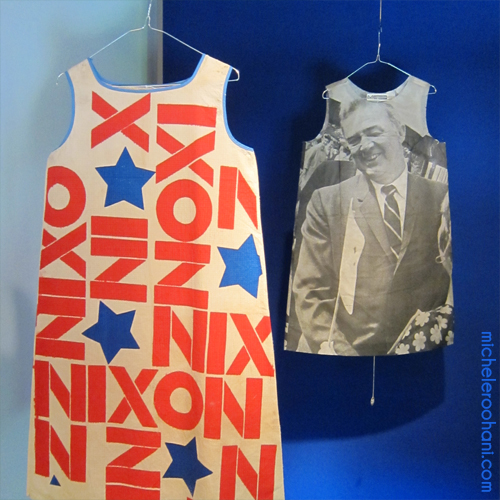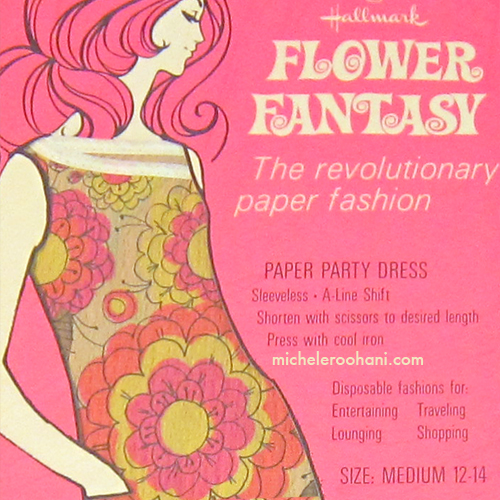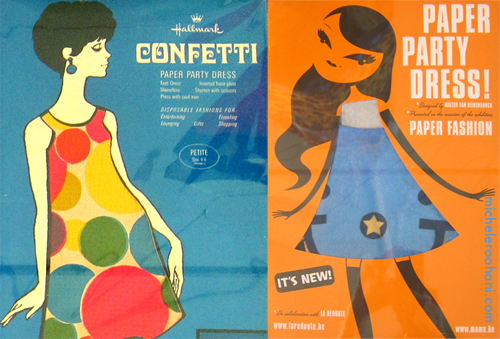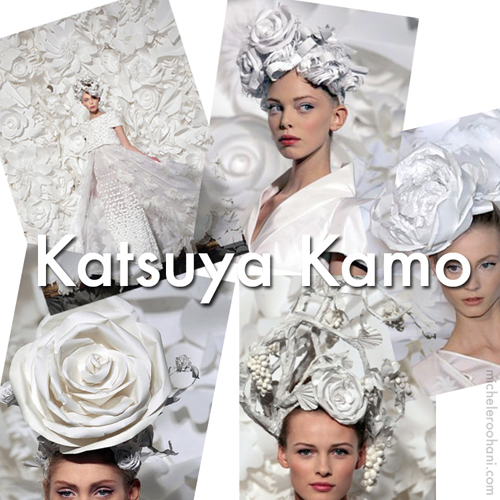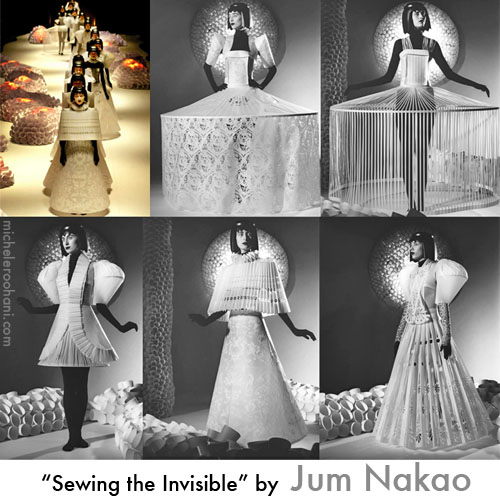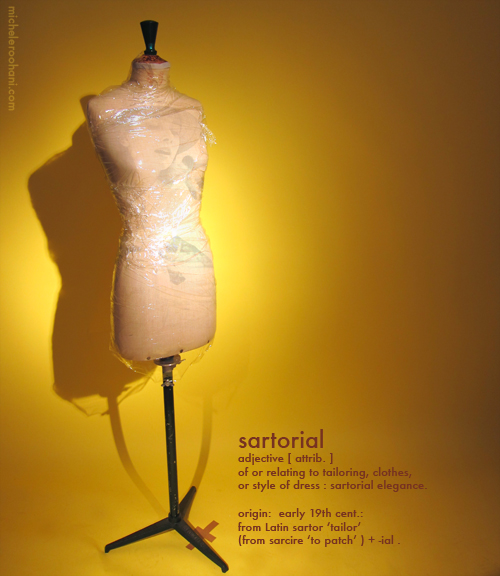I loved the LACMA exhibition, Fashioning Fashion, which tells the story of fashion’s aesthetic and technical development from the Age of Enlightenment to World War I in Europe. I had the feeling of being in a toy store that sells giant Barbies!
I couldn’t help adding the masks (above) or the Barbie to the boxes! The mannequins are life size.
The show’s byline is European Dress in Detail, 1700-1915, and they go to great length to show that you had to wear this underneath:
to be able to wear this on top! By 1750’s, the hoop petticoat or Panier (french for basket) measured up to 6 feet to display wide skirts made of expensive textiles like this one with this fabulous chinoiserie:
A hundred years later, the skirt is bell shaped and crinoline supported; Scarlett O’Hara, here I come!
“This exhibition examines sweeping changes in fashionable dress spanning a period of over two hundred years, and evolutions in luxurious textiles, exacting tailoring techniques, and lush trimmings.” The LACMA show highlights how each era emphasized a different part of the anatomy.
You had to endure these auxiliary bustles (the hinged-wire one in the middle is collapsible):
to be able to go around in these:
How far would you endure to please? Things kept getting more complicated (skirts with folds upon folds and trims galore) with the invention of the sewing machine and the evolution of corset and bustle:
The variety of textile was a feast for the eye—warp-resist dyed silk, taffetas of infinite plaid patterns, embroideries, moirés, etc…
Just look at the tassels on the “horizontal shelf” bustle on this baby!
I was surprised to see the a pair of fetish boots (Belgium 1900) that would take forever to tie and untie and open drawers! Judging from his paintings of the brothels, Toulouse Lautrec must have known these with details…
Even the non-X rated ones are super sexy; the corset on the left is made of whale bones or baleen and the one on the right is decorated with gorgeous metallic-tread embroideries:
In mid 18th century Europe, a great collaboration among the weavers, the braid makers and the fabric dealers produced these dazzling masterpieces of fly fringes and tassels:
The french revolution brought the neoclassical style of ancient Greece and Rome—Napoleon changed it to the Empire Style: thin white muslin dresses with short sleeves, high waistline and low neckline. Shawls from India were the perfect match to add color and warmth:
Bling Bling Bling! The gold and silver embroidery was omnipresent in European courts—the more the merrier…
By the end of the 19th century, women liberated themselves from all this hassle; this riding habit from 1890 is made by a tailor (for men) instead of a dressmaker, the Tea Gown being inspired by traditional Asian garments is free flowing—their makers, Liberty & Co., are still in existence in London.
Look at these cute bonnets; the beadwork makes you dizzy!
If I had to chose one item from the entire collection, it would be this beautiful silk jacket (and maybe not the skirt!)
That’s all folks; next time we’ll visit Ken’s wardrobe!
Visit LACMA’s FASHIONING fashion exhibition here
London’s Design Museum’s Drawing Fashion here


